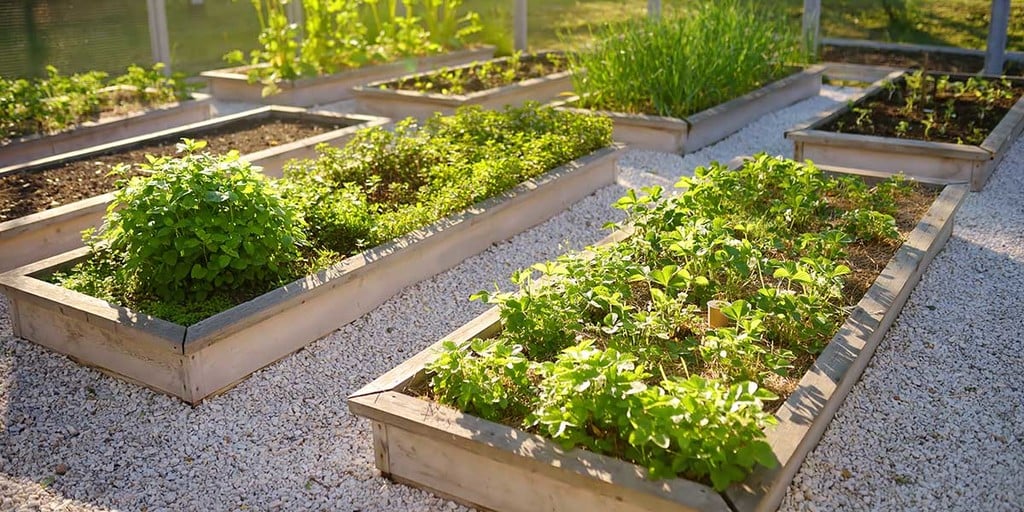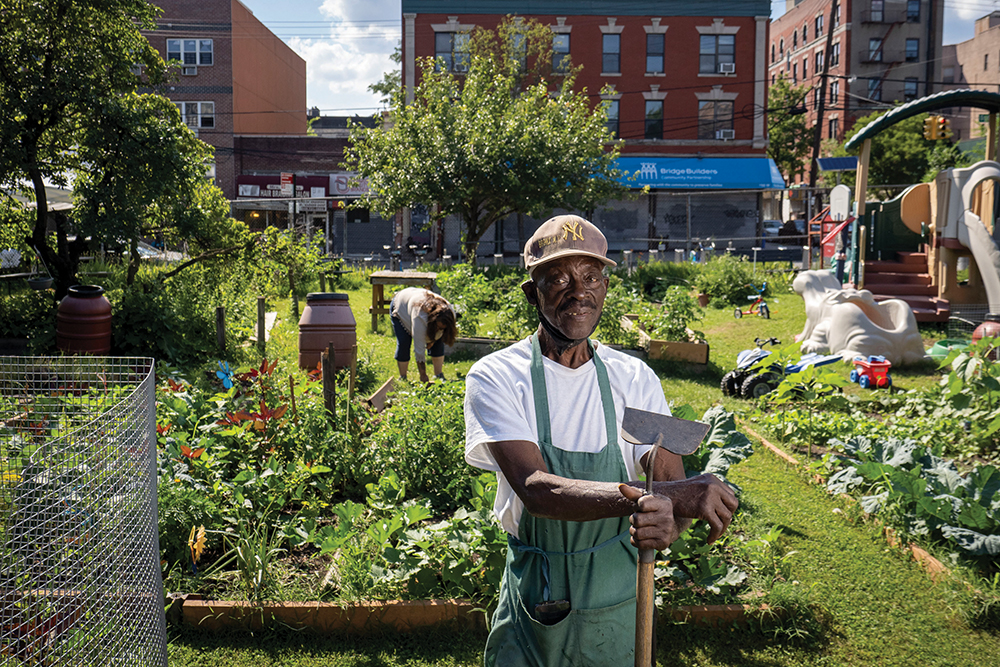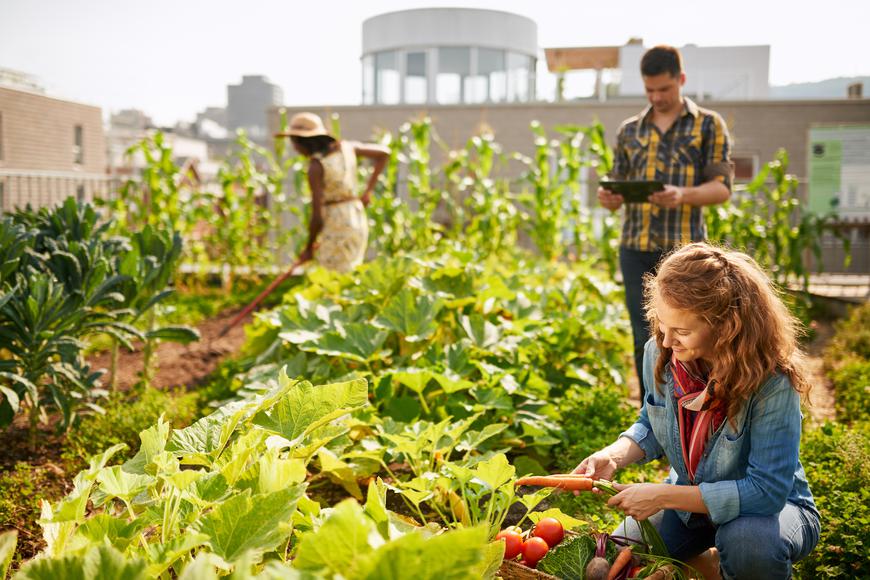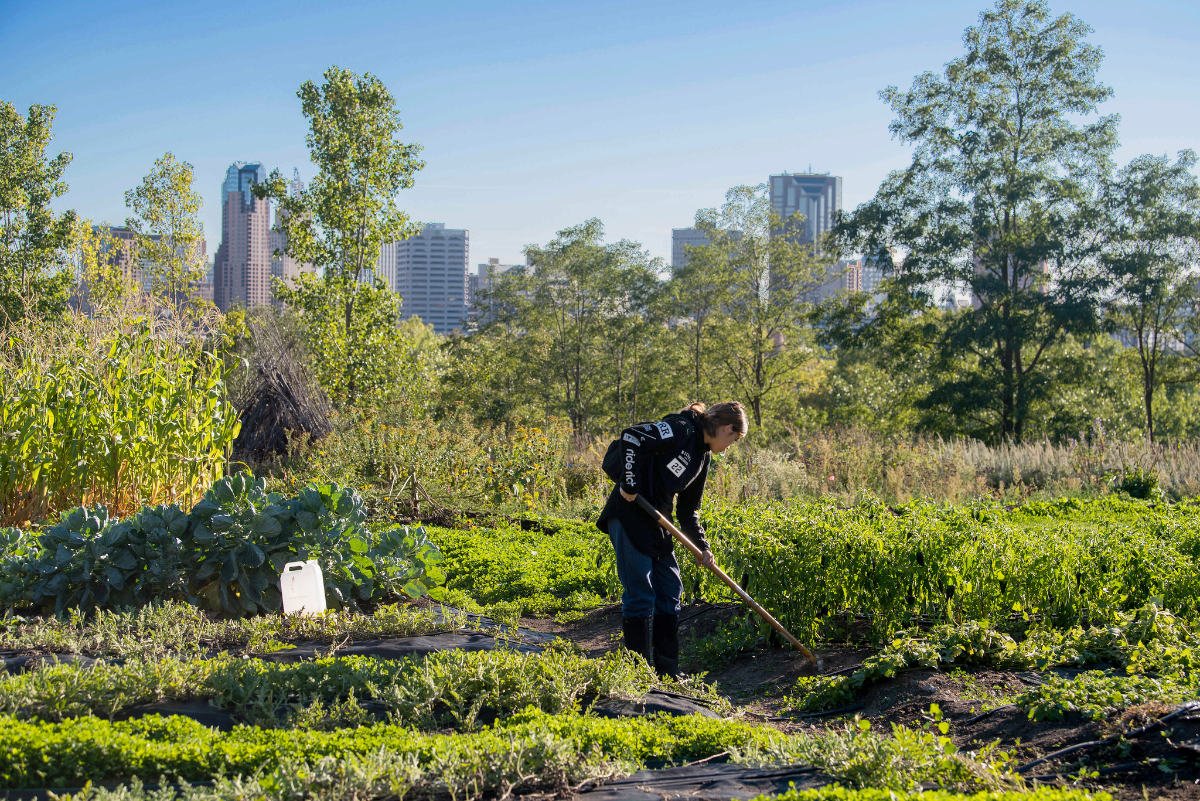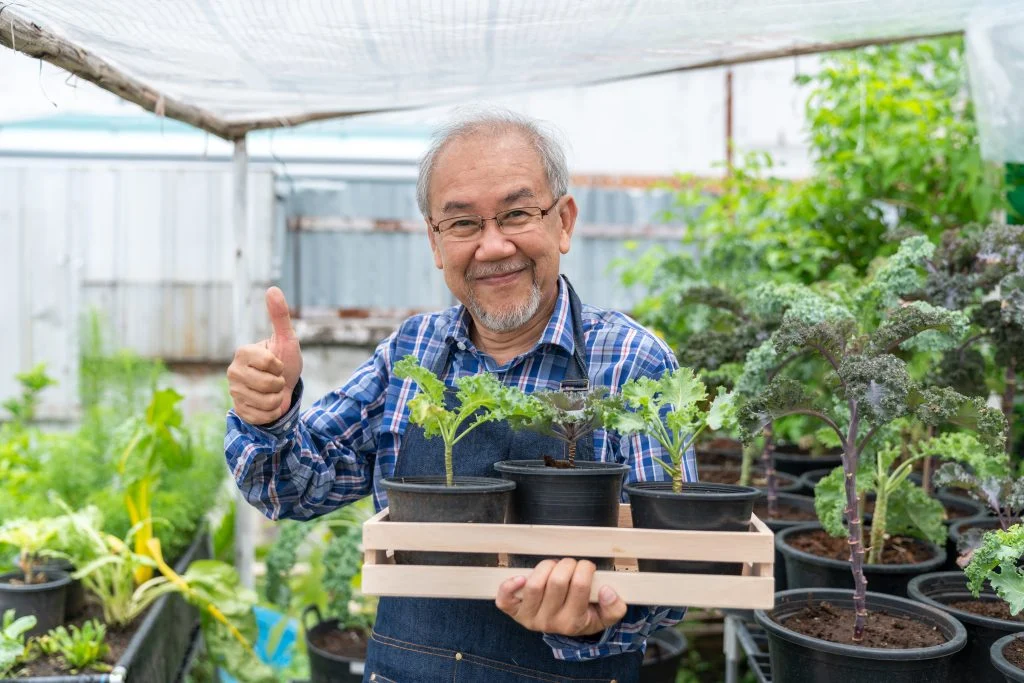Urban farming is transforming how we think about food production, bringing fresh, sustainable produce to city dwellers while fostering community and environmental benefits. Whether you’re a city resident with a tiny balcony or a community organizer with access to a vacant lot, urban farming offers creative ways to grow your own food. This article explores 10 types of urban farming you can practice, packed with practical tips, real-world examples, and actionable advice to help you get started. From rooftop gardens to aquaponics, we’ll dive into the diverse world of urban agriculture with a conversational tone, a sprinkle of humor, and plenty of inspiration.
Why Urban Farming Matters
Urban farming isn’t just about growing tomatoes in your backyard—it’s a movement that reconnects people with their food, reduces carbon footprints, and transforms urban spaces into green oases. With 68% of the global population projected to live in cities by 2050 (according to the United Nations), finding sustainable ways to feed urban communities is more critical than ever. Plus, there’s something deeply satisfying about biting into a cucumber you grew yourself, right?
1. Backyard Gardening
Backyard gardening is the classic entry point to urban farming, perfect for anyone with a small patch of land or even a corner of their patio. It’s accessible, beginner-friendly, and lets you grow everything from herbs to hearty vegetables like zucchini or kale.
Getting Started with Backyard Gardening
Start small with raised garden beds or containers to maximize space. Use organic soil and compost to boost plant health. For example, my neighbor Sarah transformed her tiny Brooklyn backyard into a mini-farm, yielding enough tomatoes and basil to supply her summer pasta nights. Check out local nurseries or The Home Depot for affordable gardening supplies.
Pros and Cons of Backyard Gardening
- Pros: Easy to start, low cost, customizable to your space.
- Cons: Limited by space, requires regular maintenance.
2. Container Gardening
Container gardening is a game-changer for apartment dwellers or those with no yard. Pots, buckets, or even repurposed items like old tires can become homes for plants like peppers, lettuce, or strawberries.
How to Excel at Container Gardening
Choose containers with good drainage and use high-quality potting mix. My friend Jamal grows cherry tomatoes in buckets on his fire escape, proving you don’t need much space to harvest big. Websites like Gardener’s Supply Company offer compact gardening kits perfect for urban settings.
Best Plants for Container Gardening
- Cherry tomatoes
- Herbs (basil, mint, cilantro)
- Leafy greens (spinach, arugula)
- Strawberries
3. Vertical Gardening
Vertical gardening takes urban farming to new heights—literally. By using walls, trellises, or stacked planters, you can grow crops in tight spaces, making it ideal for balconies or small rooftops.
Maximizing Space with Vertical Gardening
Invest in vertical planters or DIY your own using pallets or gutters. I once saw a café in Seattle with a living wall of herbs that doubled as decor and a fresh ingredient source. Check out Vertical Garden Supply for innovative solutions.
Comparison: Vertical vs. Traditional Gardening
| Aspect | Vertical Gardening | Traditional Gardening |
|---|---|---|
| Space Required | Minimal (walls, fences) | Larger (ground, beds) |
| Cost | Moderate (specialized planters) | Low to moderate |
| Maintenance | Moderate (watering systems) | Moderate to high |
| Best For | Small spaces, aesthetics | Larger yields, diverse crops |
4. Rooftop Gardening
Rooftop gardening turns unused urban rooftops into productive green spaces. From small herb patches to full-blown vegetable farms, rooftops are a hotbed for urban agriculture.
Setting Up a Rooftop Garden
Ensure your roof can support the weight of soil and plants—consult a structural engineer if needed. In Chicago, the rooftop farm at Uncommon Ground produces 1,000 pounds of produce annually, inspiring urban farmers everywhere. Lightweight soil mixes and modular planters are available at Burpee.
Pros and Cons of Rooftop Gardening
- Pros: Utilizes unused space, great for community projects.
- Cons: High initial costs, weather exposure.
5. Hydroponics
Hydroponics is a soil-less farming method where plants grow in nutrient-rich water. It’s perfect for urban environments due to its space efficiency and high yields.
Why Hydroponics Rocks
Hydroponic systems can be set up indoors or outdoors, using systems like nutrient film technique (NFT) or deep water culture (DWC). My cousin Lisa runs a hydroponic basil setup in her apartment, harvesting fresh herbs year-round. Starter kits are available at Hydroponics Simplified.
Hydroponics vs. Soil-Based Farming
| Feature | Hydroponics | Soil-Based Farming |
|---|---|---|
| Water Usage | Low (recycled water) | High |
| Space Efficiency | High | Moderate |
| Setup Cost | High | Low to moderate |
| Growth Speed | Fast | Slower |
6. Aquaponics
Aquaponics combines fish farming with hydroponics, creating a symbiotic system where fish waste fertilizes plants, and plants filter water for fish. It’s a sustainable, closed-loop system ideal for urban settings.
Diving into Aquaponics
Start with a small system featuring tilapia and leafy greens. In Detroit, Urban Farming Initiative uses aquaponics to teach communities about sustainable food production. Find beginner kits at The Aquaponic Source.
Best Fish and Plants for Aquaponics
- Fish: Tilapia, goldfish, koi
- Plants: Lettuce, kale, herbs
7. Community Gardening
Community gardens bring people together to grow food on shared plots, fostering social bonds and local food security. They’re perfect for urbanites craving connection and fresh produce.
Joining or Starting a Community Garden
Look for local gardens through American Community Gardening Association. My friend Maria joined a community garden in Austin and now grows eggplants while swapping recipes with neighbors. Start your own by rallying neighbors and securing a vacant lot.
Benefits of Community Gardening
- Builds community spirit
- Shares resources and knowledge
- Increases access to fresh food
8. Guerrilla Gardening
Guerrilla gardening is the rebellious cousin of urban farming, where you plant in neglected public spaces like sidewalks or vacant lots. It’s a bold way to beautify cities and grow food.
How to Guerrilla Garden (Without Getting Caught)
Use seed bombs (clay, compost, and seeds) for quick planting. I once tossed seed bombs into a barren lot near my old apartment, and by spring, wildflowers and edible greens sprouted. Learn more at Guerrilla Gardening.
Pros and Cons of Guerrilla Gardening
- Pros: Low cost, transformative, fun.
- Cons: Legal risks, no control over land.
9. Indoor Gardening
Indoor gardening brings the farm inside, using grow lights and small spaces to cultivate herbs, microgreens, or even dwarf fruit trees.
Mastering Indoor Gardening
Invest in LED grow lights and compact planters. My coworker Tom grows microgreens on his kitchen counter, adding fresh flavor to his meals. Find affordable grow lights at GrowAce.
Best Tools for Indoor Gardening
- LED grow lights
- Self-watering pots
- Hydroponic mini-systems
10. Edible Landscaping
Edible landscaping blends beauty and function, replacing ornamental plants with edible ones like berry bushes or kale in your front yard.
Creating an Edible Landscape
Swap roses for blueberry bushes or plant herbs along walkways. A friend in Portland turned her lawn into a food forest with apples and thyme, earning compliments from neighbors. Get inspiration from Edible Estates.
Comparison: Edible Landscaping vs. Ornamental Landscaping
| Aspect | Edible Landscaping | Ornamental Landscaping |
|---|---|---|
| Purpose | Food production, aesthetics | Aesthetics only |
| Maintenance | Moderate (pruning, harvesting) | Moderate |
| Cost | Moderate (edible plants) | Low to high |
| Community Impact | High (food sharing) | Low |
People Also Ask (PAA) Section
What is urban farming, and why is it important?
Urban farming involves growing food in urban environments, from backyards to rooftops. It’s important because it promotes local food production, reduces environmental impact, and fosters community engagement.
What are the easiest crops to grow in urban farming?
Herbs (basil, mint), leafy greens (lettuce, spinach), and cherry tomatoes are beginner-friendly due to their low space requirements and fast growth.
Where can I buy urban farming supplies?
Online retailers like The Home Depot, Burpee, and Gardener’s Supply Company offer tools, seeds, and systems for urban farming.
What are the benefits of urban farming?
Urban farming reduces food miles, improves mental health, enhances community ties, and provides fresh, organic produce in areas with limited access.
How do I start urban farming with no experience?
Begin with container gardening or join a community garden. Online resources like Urban Farm offer beginner guides and tutorials.
FAQ Section
Can I practice urban farming with limited space?
Absolutely! Container, vertical, or indoor gardening are perfect for small spaces like balconies or apartments. Start with herbs or microgreens for easy wins.
How much does urban farming cost?
Costs vary: backyard or container gardening can start under $50, while hydroponics or aquaponics may require $100–$500 for setups. Check Amazon for budget-friendly kits.
Is urban farming sustainable?
Yes, it reduces food transport emissions, conserves water (especially in hydroponics), and promotes organic practices. It’s a win for both you and the planet.
What’s the best urban farming method for beginners?
Backyard or container gardening is ideal for beginners due to low costs and simplicity. Look for starter kits at Burpee.
Can urban farming be profitable?
Small-scale urban farms can generate income by selling at farmers’ markets or to local restaurants. Research local regulations via USDA Urban Agriculture.
Tips for Choosing the Right Urban Farming Method
- Assess Your Space: Balconies suit container or vertical gardening; rooftops are great for larger setups.
- Consider Time Commitment: Hydroponics and aquaponics require more setup but less daily maintenance.
- Budget Wisely: Start with low-cost options like backyard or guerrilla gardening before investing in systems.
- Check Local Laws: Some cities regulate rooftop or guerrilla gardening—verify with your local municipality.
- Join a Community: Connect with local gardeners through Meetup for support and inspiration.
Conclusion: Start Your Urban Farming Journey Today
Urban farming is more than a trend—it’s a lifestyle that empowers you to grow fresh, sustainable food while transforming your city. Whether you’re potting herbs on a windowsill or joining a community garden, there’s a method for everyone. My own journey began with a single basil plant on my balcony, and now I’m hooked on growing my own salads. Pick one of these 10 types, grab some seeds, and get planting. Your city—and your taste buds—will thank you.
For more resources, explore Urban Farm or connect with local gardeners. What’s stopping you from growing your own food? Share your urban farming dreams in the comments below!
